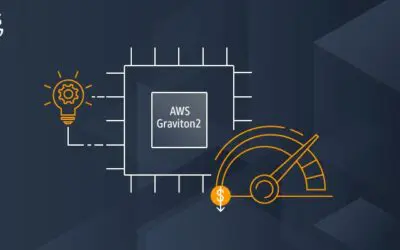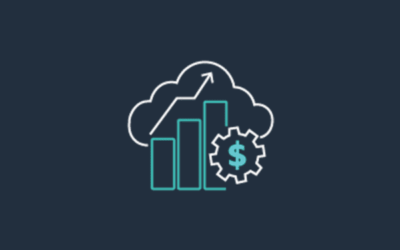As with any ‘branding’ exercise, when it comes to App Store Optimization the key is to be consistent in both your communication and user experience. This means that the success of your product is built on both its visual appeal and the quality of the experience that provide the user.
In terms of mobile apps, we generally think of a ‘brand’ needing to be consistent across all social media and digital marketing platforms, any website or associated online advertising and user experience and customer service elements, and there are some simple things you can do to ensure quality and consistency across these areas. In this post I am going to focus on the visual design elements that will help your app to stand out from the crowd.
Visual Branding
Having a clear target customer in mind is essential in order to build an appealing brand. As we stated in our last ASO Pro-Tips Blog, being able to vividly imagine your customer - how they dress, what their favourite foods are, where they go on holiday - is crucial to making sure that your app connects with them and is useful to them. Having thought through these ‘customer profiles’ you are in a much better position to think about your visual brand. What colors create the image and identity that you want your app to have? What font should you choose? If your product is functional and not beautiful or well-tailored to your audience, it still may enjoy some success. If the opposite is true and it is all style over substance, you still may have some limited success; but if you can hit that sweet spot between beautiful form and optimal function, you will be rewarded with loyal customers and brand ambassadors amongst your users.
Although you don’t have to employ professional graphic and UX designers to execute your design and branding, do invest as much of your own time into this exercise as you can. Your icon in particular must be both professional and eye-catching as it’s your first opportunity to make an impression on potential customers. Again as with the keywords techniques that we discussed in the last post it’s important to note that Apple’s App Store and the Google Play Store have unique ways of rendering and displaying icons and images, and you should check the preset standards for both platforms to ensure the optimal presentation of your logo.
The most crucial thing to remember with your App Store icon is that it should sized to a minimum of 1024 x 1024 pixels, and from there the Apple OS will actually resize your icon automatically for other applications. For more detail refer to the iOS 10 Design Guidelines.
By contrast the icon required by Google Play is smaller, at just 512 x 512 and while not required they do recommend that you design your app icon with reference to their ‘Material Design Guidelines’. Though you don’t have to use these, they are actually a very handy giving lots of easy to understand ‘best practice’ advice about designing for an online technology enabled environment.
Whichever OS you are designing for, your icon needs to be clear enough that visitors instantly know what your app does - the visual language should be clear and unambiguous. Remember that the icon will be scaled down for use in other apps and in the store menu, and so the design should be clearly legible and recognizable even at small scale. Avoid making it too complicated and avoid having entire words as part your logo - abstract images or a single letter tend to have more impact. If you have never designed a logo before it would be a good idea to do some research and read some articles such as this ‘7 Killer Tips for Logo Design’ on Mashable.
Your logo and overall design scheme within the app should also compliment the name of the app, with the visual and linguistic elements working together to create a strong brand which leaves a lasting impression. Do some competitive research and see what is working in the app store by looking at the list of the current and historic top rated apps; you will quickly notice the trend towards bright colors, simple shapes and clean lines.
Since you have invested so much time in creating your app and testing its functionality, it only makes sense that you would invest a little more time to ensure that it’s strong branding appeals to customers. If you are wondering whether a particular logo or color scheme will be successful, consider having a ‘soft launch’ of the app and A/B testing the two alternatives. If you’re not sure what an A/B test is or how to run one, stayed tune in to next week’s post on app performance measures and metrics!

Joel Garcia has been building AllCode since 2015. He’s an innovative, hands-on executive with a proven record of designing, developing, and operating Software-as-a-Service (SaaS), mobile, and desktop solutions. Joel has expertise in HealthTech, VoIP, and cloud-based solutions. Joel has experience scaling multiple start-ups for successful exits to IMS Health and Golden Gate Capital, as well as working at mature, industry-leading software companies. He’s held executive engineering positions in San Francisco at TidalWave, LittleCast, Self Health Network, LiveVox acquired by Golden Gate Capital, and Med-Vantage acquired by IMS Health.


